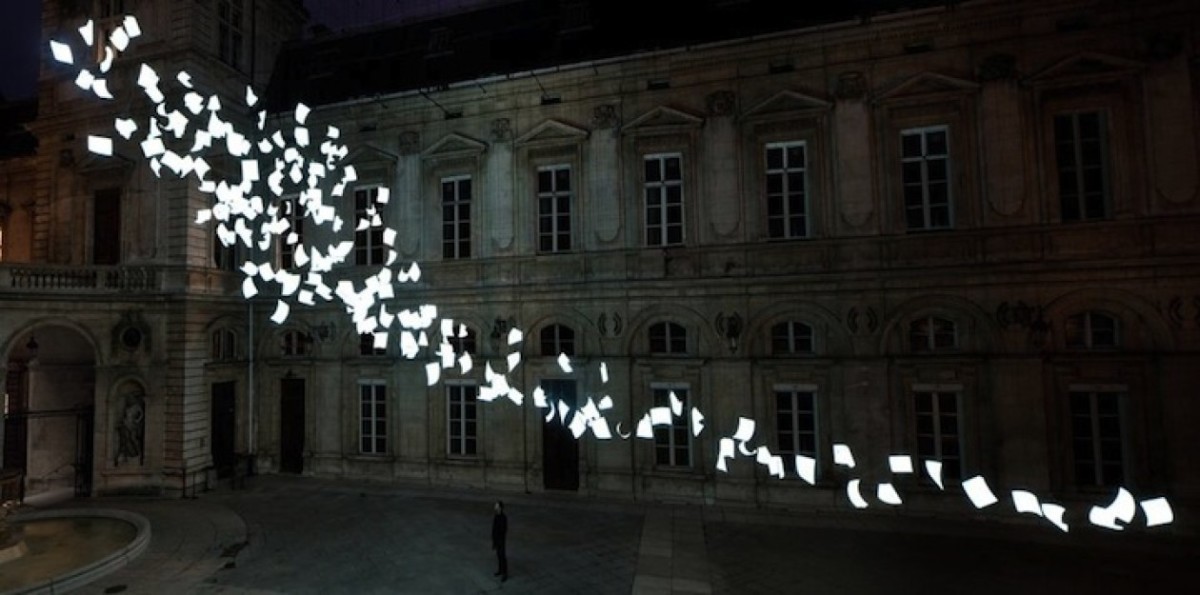A great ending to writing a piece is crafting a clever author’s note to go along with it. I tend to have my students write these whenever they are going to publish a piece of their writing. Author’s notes can sometimes be rather dull and formulaic, but there are some interesting and fun ways to write author’s notes that students enjoy and that push them to be strategic and artful with their writing. Here are a few ways to write author’s notes.
Idea # 1: Author’s Note as Cento
The Cento is a form of poetry where the writer pulls lines and phrases from other poems and puts them together to create a new poem. Have your students do this with their own writing! Have them go in and pull great lines and surprising phrases and have them think strategically about how they may want to put them together in the form of a wild author’s note. When you do this, you get something like this:
Delight I invoke, Run down, between ocean and gorge to myriads of transcendence in the star-flash of the underbellies of blue cars and other worlds that float off like foam Into the sea.
Or this:
Girl in water
bottle section(better
suited for light
around the edges)
developing a tendency
to make the
unbearable tedium of
regular writing. As
specified in Tour
Guide, this is
her second workshop.
An equation for
this exists: 15 + 240 =
this girl(me) at
Cliveden. The figures
change from year to year.
These two Centos were built out of lines and phrases that the students pulled from the stories that they had been writing over the course of a short story unit.
Idea #2: Author’s Note as Remix
Another way to create an interesting author’s note is to dig through the writing and find quirky and funny things that it says about the writer. Remix that material into an author’s note, like this:
Leah is someone with no rhythm. She hates Remax commercials. She has never traveled to Missouri and wishes never to go there…EVER. She likes jet planes, especially when flying to Europe (where, I forgot to mention, she also has never lived). She has heard the “then there was light” story too many times to count, but wonders when there was water. Maybe her next novel will analyze that. Leah did not write “The History of Anonymity.” She has, however, written the defunct book, “Swimming for Dummies.” She is furious that the publishers did not consider it. She currently has “writers not,” a mentality similar to “writers block.” We hope (or do not hope) to see her work again soon.
Or something like this:
Nick feels like croaking on in the morning on the way to school. His mother tries to play the Dixie Chicks and roll down the window. This makes Nick’s eyes go cross.
Good author’s notes can be short and sweet.
Idea #3: Author’s Note as Collaborative Writing
Get students and teachers together in groups of three or so and have them build author’s notes for each other collaboratively. Each writer gets out a piece of paper. Make the constraint three words and pass, meaning that each writer puts down three words and then passes the paper to the next writer. That writer picks up the author’s note from where it left off. Keep passing the papers around, writing three words at a time until you get something like this:
Eli envies the deaf, wears chucks, and hates Axe body spray. Currently he is adrift in a jar, buried under a rock, with the glass painted black. He’d love to talk about his family dynamic, but thinks it might be a bit of a personal subject at this juncture.
Or this:
This long wage of vast palette, which builds its range by adoption of hues in Tijuana of futuristic squirrels. Holy hell’s bells avenge Baltic buffoons. Eyes like saucers let me go! Tattooed tramp! My Mom’s got nothing but leaky boots.
Idea #4: Author’s Note as Identity Theft
Have your students go online and Google themselves. Have them jot down all kinds of interesting things that they learn about people that have their same name. Then have them write an author’s note using all of that information. You’ll get something like this:
Leif Gustavson sometimes lives in Massachusetts. He actively uses his Dropbox to collect electronic music under the artistic name Leify-Greenz. When not in Massachusetts, he returns to Kyle, Saskatchewan. While pursuing his Master’s Thesis in Cognitive Science, he won the Children’s Wish Foundation Home Lottery and secretly wished that his first name was Thor. He has a propensity to take pictures with his shirt off. Leif often eats lunch at a shelter set up by the Spencer Emergency Management Agency at Knox Trail Junior High School.
The point of all of these forms is to warp the conventional author’s note, to push students to think and act divergently and convergently about the form. I would start this experiment by sharing a traditional author’s note or two with the students. Talk about the craft: what makes them tick? What are the moves that the writer is making in them? Then I would say, “For our author’s note, let’s warp the form a bit” and share these other ways of creating interesting, artful author’s notes. This way, they get the conventions of a traditional author’s note and then can twist it in fun and challenging ways.
All of the examples, with the exception of the identity theft one, are real author’s notes crafted by middle and high school students.
